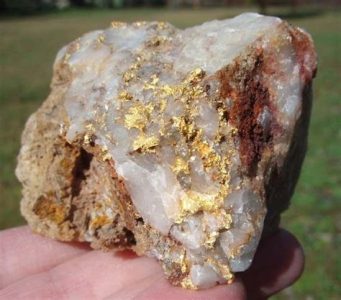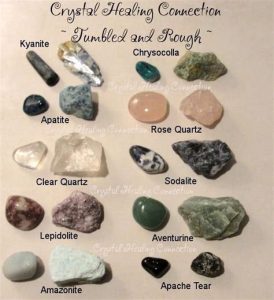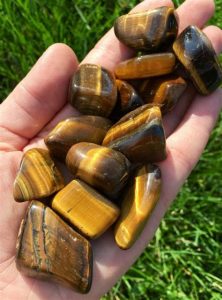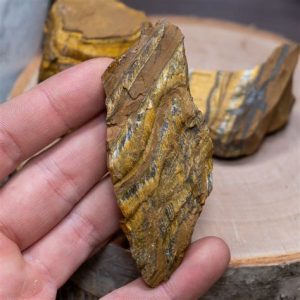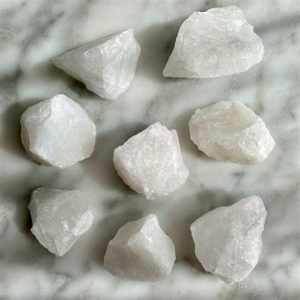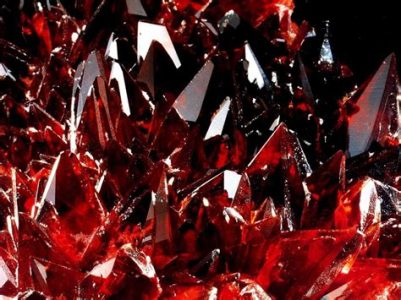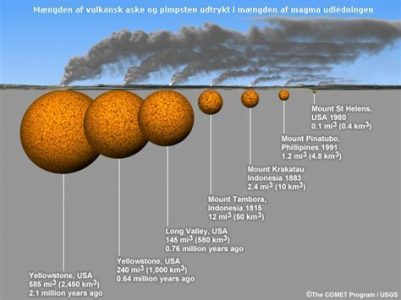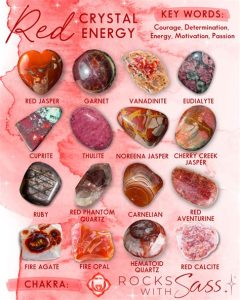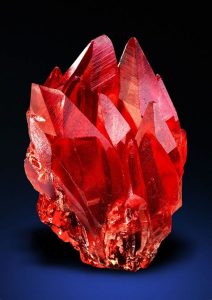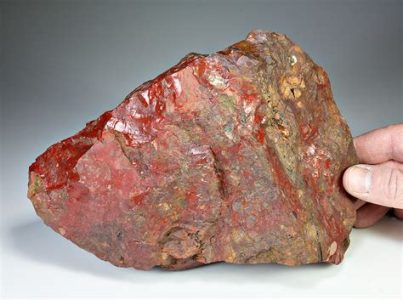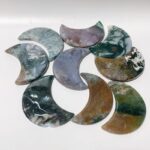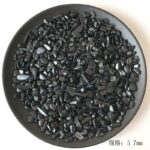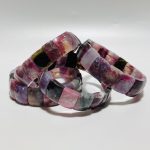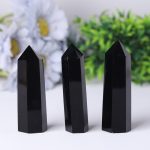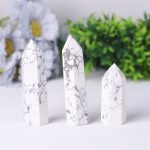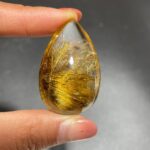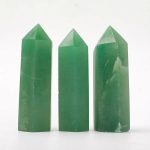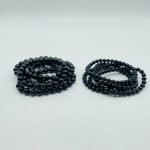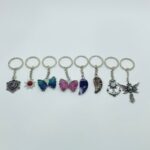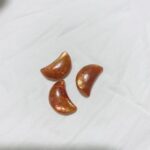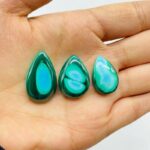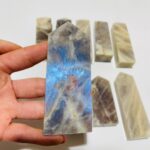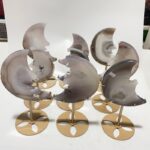Introduction
Amethyst, a captivating purple quartz, has captivated hearts for centuries. However, with its popularity comes the unfortunate reality of counterfeits infiltrating the market. This comprehensive guide will equip you with the knowledge to differentiate between genuine and fake amethyst, ensuring your purchases are authentic and valuable.
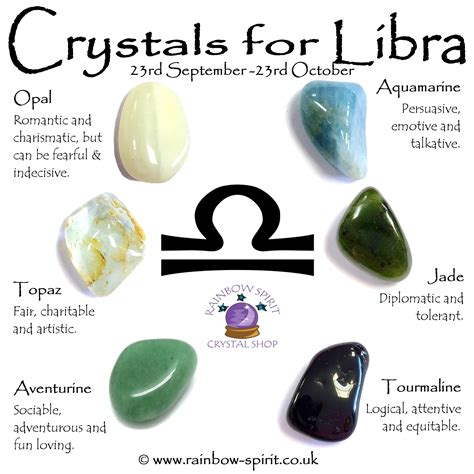
Visual Comparison: Fake Amethyst vs. Real Amethyst
Color:
- Real Amethyst: Deep, vibrant purple hues
- Fake Amethyst: May appear pale, washed-out, or overly saturated
Clarity:
- Real Amethyst: Generally clear with minimal inclusions
- Fake Amethyst: Often cloudy or opaque with visible impurities
Cut:
- Real Amethyst: Typically well-faceted, enhancing brilliance
- Fake Amethyst: May have uneven or sloppy cuts
Shape:
- Real Amethyst: Varies widely, including ovals, rounds, and pears
- Fake Amethyst: Often mass-produced in standard shapes like rounds or baguettes
Physical Properties: Fake Amethyst vs. Real Amethyst
Hardness:
- Real Amethyst: 7 on the Mohs scale
- Fake Amethyst: May be softer or harder, depending on material used
Density:
- Real Amethyst: 2.65 g/cm³
- Fake Amethyst: May vary significantly
Thermal Conductivity:
- Real Amethyst: Low thermal conductivity, feels cool to the touch
- Fake Amethyst: May feel warmer due to high thermal conductivity
Chemical Composition: Fake Amethyst vs. Real Amethyst
Composition:
- Real Amethyst: Silica (SiO2) with iron and manganese impurities
- Fake Amethyst: May be glass, cubic zirconia, or other synthetic materials
Trace Elements:
- Real Amethyst: Contains trace amounts of iron, manganese, and titanium
- Fake Amethyst: May lack characteristic trace elements
Common Types of Fake Amethyst
Glass:
- Appearance: Typically clear with a purple tint
- Properties: Low hardness, high transparency
Cubic Zirconia:
- Appearance: Brilliant, colorless stones often colored purple
- Properties: High hardness, cubic crystal structure
Synthetic Amethyst:
- Appearance: Imitates real amethyst closely
- Properties: Similar hardness and chemical composition, but often lacks inclusions
Tips and Tricks for Identifying Fake Amethyst
- Use a loupe or microscope: Examine the gemstone’s clarity and inclusions.
- Check for bubbles: Fake glass may contain visible bubbles.
- Test the scratch resistance: Real amethyst should not scratch easily.
- Test the thermal conductivity: Hold the gemstone in your hand and feel for warmth.
- Consult a certified gemologist: Seek professional advice for accurate identification.
Common Mistakes to Avoid
- Relying solely on color: While color is a key indicator, it’s not always foolproof.
- Confusing other gemstones with amethyst: Ametrine or Kunzite may resemble amethyst.
- Overpaying for fakes: Be wary of inflated prices for counterfeit amethysts.
FAQs
- What is the most common type of fake amethyst?
– Glass - Can fake amethyst be as valuable as real amethyst?
– No - How can I ensure I’m buying authentic amethyst?
– Purchase from reputable dealers and request certification. - What are the uses of fake amethyst?
– Costume jewelry, industrial applications
Market Insights
- The global fake amethyst market is estimated to reach $1 billion by 2025.
- Demand for fake amethyst is primarily driven by the fashion and jewelry industries.
- However, there is growing awareness among consumers about the importance of authenticity.
Conclusion
With the knowledge gained from this guide, you can confidently navigate the world of amethyst and discern between genuine and fake gemstones. By investing in authentic amethyst, you not only acquire a beautiful and valuable treasure but also contribute to the preservation of natural resources. Remember, the allure of amethyst lies not only in its beauty but also in its authenticity, a trait that sets it apart from its imitations.

